 |
| Photos kindly provided by Lensrentals |
The week before Christmas, Roger Cicala and his team at Lensrentals tore apart Canon’s recently announced 400mm F2.8L IS III lens. While the Canon teardown was fantastic in its own right, it was only the first step of the process. As promised, Cicala and Aaron Closz have returned with a similar teardown of Sony’s 400mm F2.8 G lens to see just how well Sony did with its first attempt at a 400mm F2.8 super-telephoto lens.
Starting out with the basic optical formula, Roger noted that both Canon and Sony have opted to take a similar approach in how they arrange the individual elements inside the lens. That is, smaller elements have been placed at the rear of the lens.
 |
Roger notes that Sony uses three flourite elements while Canon’s 400mm F2.8 uses only two. This little tidbit piqued his interest though. ‘That does beg the interesting question about where Sony sourced their fluorite elements. Sony doesn’t make fluorite glass, and Canon has long been the one lens company that grows and polishes large fluorite in-house,’ says Roger in the full teardown. ‘There are other manufacturers of fluorite lenses, but they have generally been limited to small lenses, such as in microscopes and telescope viewfinders.’
As he did with the Canon 400mm F2.8, Roger starts with the tripod ring before diving into the back of the lens. Throughout the deconstruction process, Roger notes how many ‘robust’ seals Sony has opted to use throughout the 400mm F2.8 lens, from the mount plate to the switch panel.
 |
| A large, robust rubber seal is seen behind the lens mount. |
From there, it was a few hex bolts later before the rear barrel assembly could be removed. Roger says that while he’s ‘not a metallurgist […] the magnesium alloy looks and feels the same [as that used in the Canon 400mm F2.8.’
Inside the focusing mechanism Roger notes that Sony has decided to use nylon gears. ‘ If you’ve read much of my stuff you know I’m generally not a nylon gear fan,’ he says. ‘but these have almost no pressure on them so they shouldn’t wear out.’
 |
One notable detail Roger points out is how well designed the flex/ribbon cables are throughout the lens. Nearly every cable wraps neatly around the magnesium alloy body of the lens and is secured by both double sided tape, as well as screws where needed.
Moving on, Roger and Aaron made it to the focusing module, which houses Sony’s linear motor and plenty of glass. He notes ‘As we would expect for what is now a 4th generation or so linear motor, designed to move that big beast of a lens, this is larger looks more robust than [linear motors] we’ve seen in the past.’
 |
Roger and Aaron eventually wrap it up with their final thoughts, which you can read in their entirety on the full teardown blog post.
‘I’ll call this one a draw, and a draw is a win for Sony,’ says Roger in the conclusion. ‘Canon has been doing this for a long, long time; this is, I think they’re 8th generation of 400mm f/2.8 lens. It’s Sony’s first and to have made a product equal to the gold standard of engineering is an amazing feat.’
Articles: Digital Photography Review (dpreview.com)
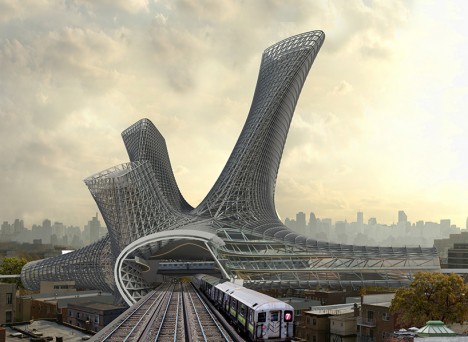
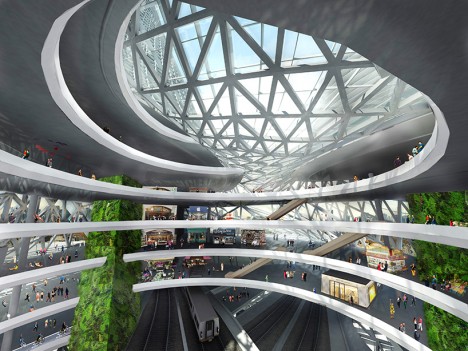
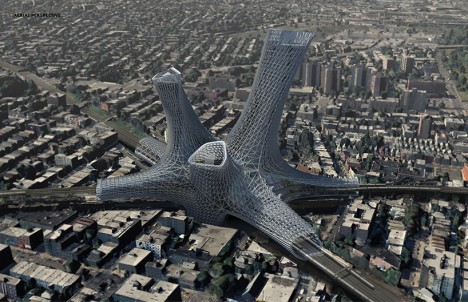
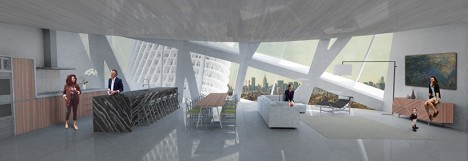
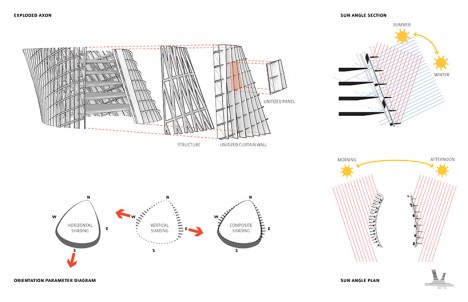

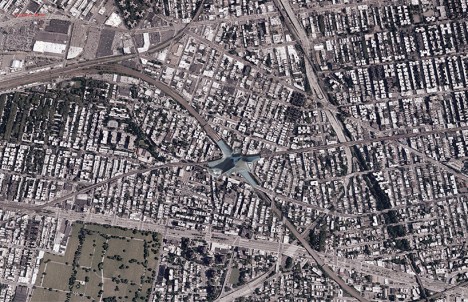
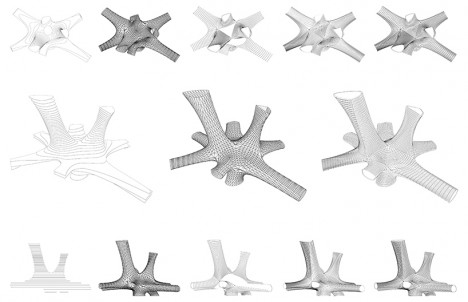
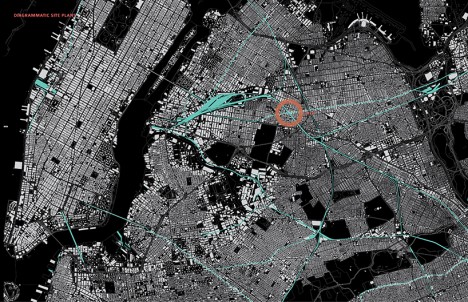
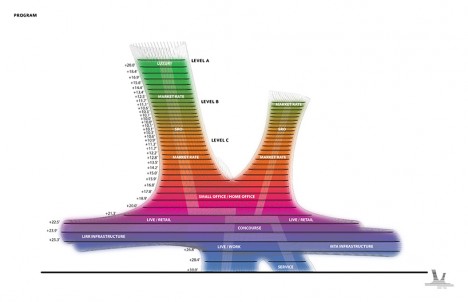

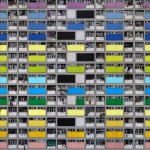
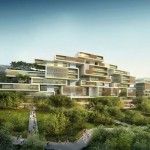
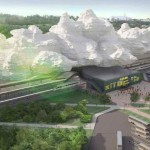




You must be logged in to post a comment.